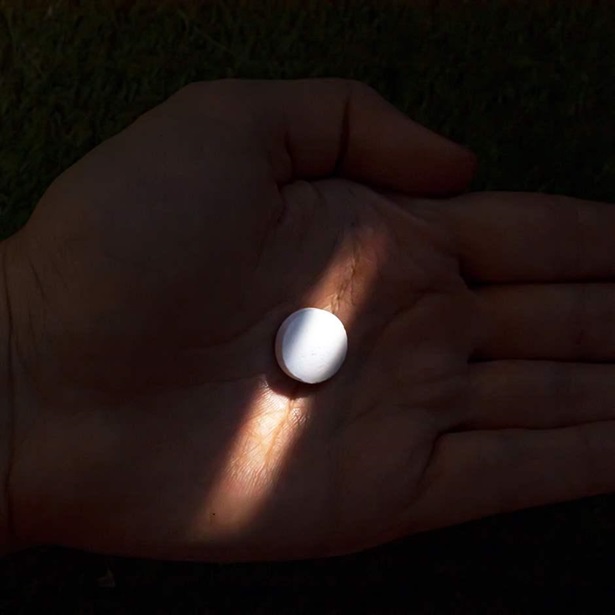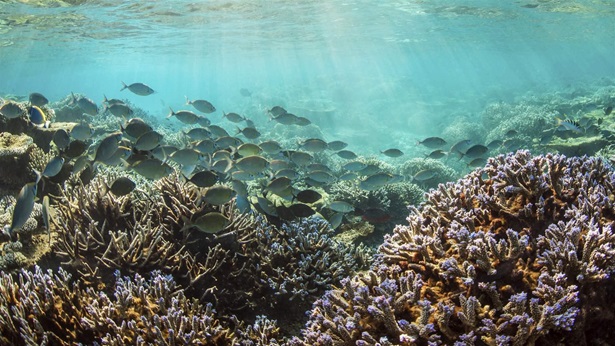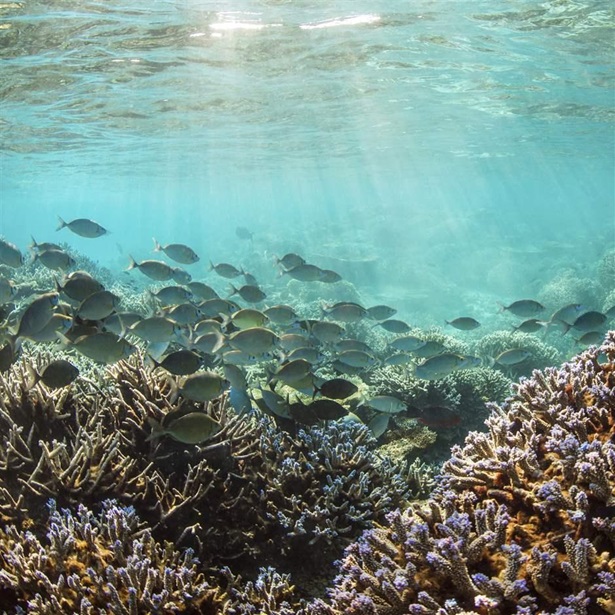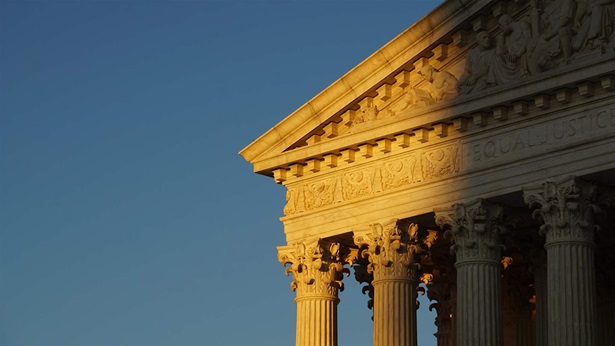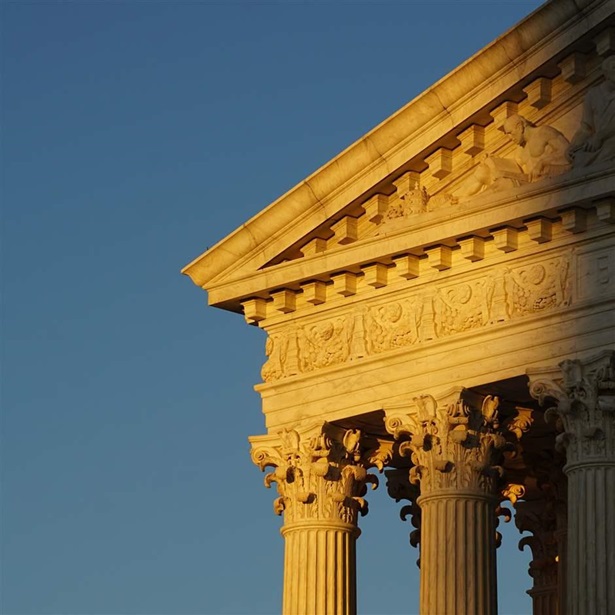Why I Became a Conservationist—and What That Means Today
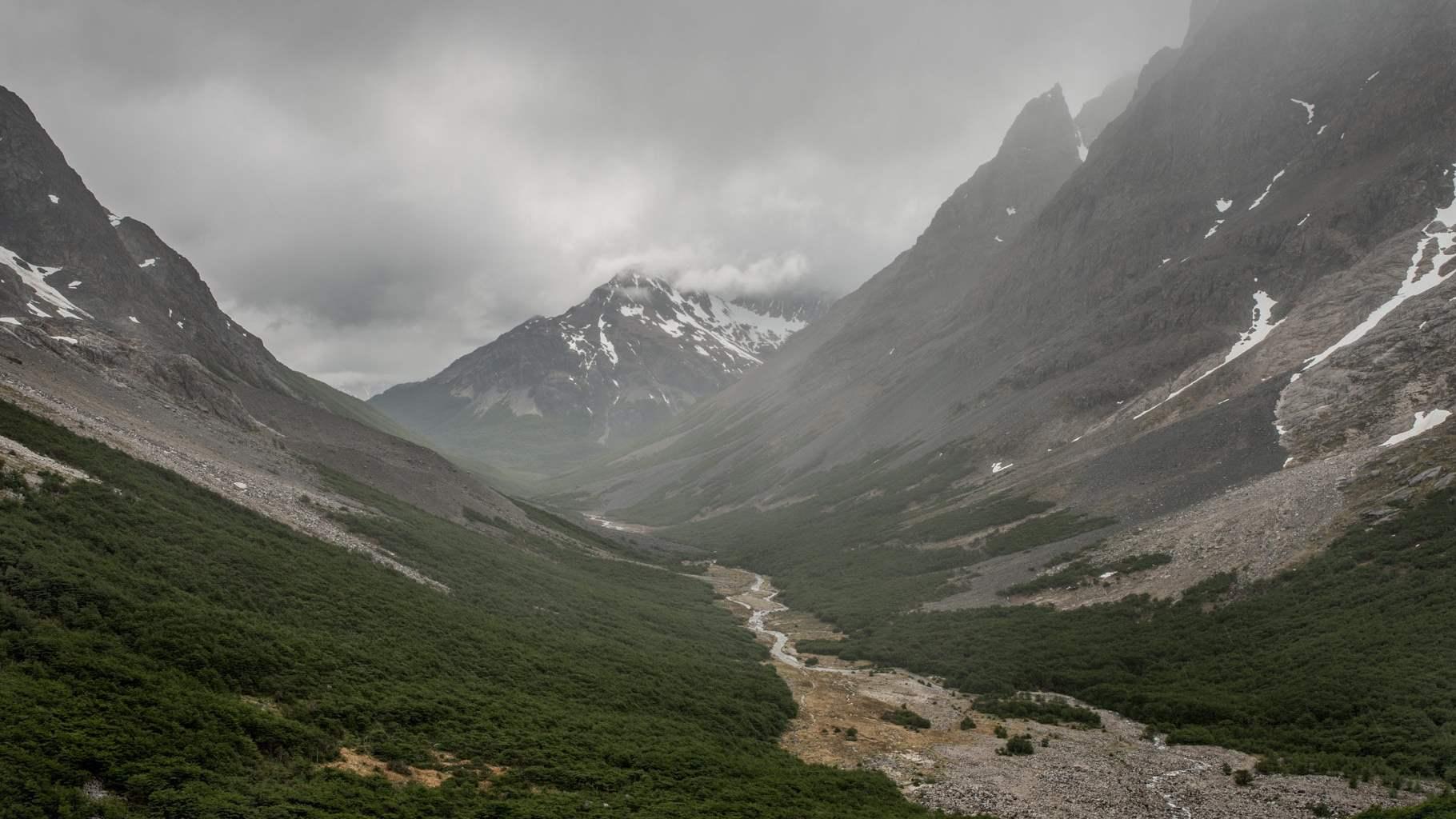
As someone who’s worked in conservation for decades I face a lot of tough questions—for example, how to best balance protection of our natural world with development and resource demands, and how to ensure that people and communities, particularly those who are marginalized, reap the benefits of conservation outcomes. But one question I can answer easily is why I chose this field as my profession.
I spent my childhood in Malaysia, where I fell in love with the tropical rainforest. I was particularly fascinated by the orangutans that lived there—their human-like behaviors, interactions, and social structures—but at the same time I was distraught to see the deforestation that was starting in that region. Even as a child I understood that nature was under assault, and I knew I wanted to do something about it.
My family next moved to Ankara, Turkey, which sits in a basin surrounded by mountains. At the time, the heat for local homes and businesses was generated by burning coal, and as a result the city was cloaked in a thick black cloud in the winter. Simply existing there was like smoking two packs of cigarettes a day, and a lot of people suffered as a result. I wanted to fix that too.
Then, when I was in middle school, we moved to Cairo, Egypt, where most people had limited access to clean drinking water. Many Egyptians, and particularly the poorest, lacked adequate health care and suffered from serious health problems such as schistosomiasis—a disease caused by parasites—due to the mismanagement of the Nile River.
These early experiences deeply affected my world view, providing me the understanding that healthy nature and healthy people are entirely intertwined. This perspective also made me determined to dedicate myself to tackling these challenges.
After graduating college, I worked for The Wilderness Society, then the National Parks and Conservation Association, and as a ranger at the Mount Hood National Forest in Oregon. These were all formative, invaluable experiences but I also wanted to work internationally. I saw WWF as a place where I could do that, and I ended up moving to Asia in the mid-1990s to lead a program to conserve forests and wildlife along the borders of Cambodia, Laos, Thailand, and Vietnam, the homelands of ethnic minority communities.
We protected a lot of biodiverse forests with endangered species such as tigers, Asian elephants, and the saola, a very rare animal that is a mix of antelope, goat, and cow that we discovered through our field research and that was new to science. I spent extended periods in remote villages with Brau, Tay, Halang and other culturally distinct communities, trying to understand their connections to nature and how to incorporate their ideas into conservation. But then, several years later, Vietnam built a highway through several of the new protected areas, causing deforestation and further dislocating ethnic minority communities. It was a stark lesson that, to be durable, conservation must go far beyond the science, consultations, and act of designating a park. You also need communities deeply involved in, benefitting from, and empowered by, the management of protected areas, so that they can fend off intrusions of this sort; that is, social sustainability along with the ecological sustainability. And to achieve that you also need long-term financing.
I became a big fan of a model called project financing for permanence, or PFP. This involves a detailed plan for how conservation systems will play out over their lifetimes, including ensuring benefits to local communities, and assurances to donors that their money won’t be spent until that plan is in place and a comprehensive agreement is designed with local stakeholders and signed off with the government. These agreements and finance plans spur governments to increase their funding of conservation and bring donors confidence that their support is tied to specific, measurable goals and a long-term plan.
On the ground, a PFP is all about helping the communities that live close to nature tangibly benefit from its conservation. And it’s especially important in places where the government doesn’t have the capacity or the ownership rights to manage protected areas sufficiently, and Indigenous peoples or local communities take on that role. Enabling stronger connections between people and nature helps create the conditions necessary for social sustainability.
At Pew, we’re seeing high potential for PFP projects in places like Canada, where Indigenous and First Nations communities have the potential to steward large swaths of land and sea using their Indigenous knowledge, and thereby preserve their culture and health. Also, in Chilean Patagonia, a startlingly beautiful and biodiverse region, major protections can benefit locals by increasing tourism revenue. In both cases, the national governments want to help, but simply passing a law to create a park or limit certain industrial activity won’t translate into well-managed initiatives over the long haul.
I’m grateful to work at Pew, which has the standing to help in delicate political environments. We have deep experience, and we’ve worked for decades—starting long before I arrived in 2017—to protect the environment and benefit people in the U.S. and around the world.
As just one example of that, we’ve been advising governments around the world, in countries including Belize, Seychelles, and Costa Rica, on how they can better contribute to the global goals of the Paris Climate Agreement, specifically by protecting coastal habitats where carbon is sequestered—mangroves, seagrass, and salt marshes for example. The science shows that strategically protecting natural systems would get us nearly one third of the way to solving climate change. We’ll still need massive reductions in emissions and other actions, but the conservation piece could save lives and money, provide food security, and enhance the natural systems on which we all rely.
Another reason I joined Pew is the organization’s deep experience partnering with Indigenous and local communities. I think this is essential to successful conservation all over the world, helping those communities get the seat at the table they deserve when policies are formed and enacted—and tapping into thousands of years of knowledge on land, ocean, freshwater, and wildlife management in the process.
We do this mainly through local partnerships with tribes and their advocacy groups and by offering our expertise and staff time to help them achieve their goals. And it’s amazing to see the scale of what has been accomplished through this work, for example helping protect nearly 1 billion acres of the Canadian boreal forest and returning management of ancestral lands to Indigenous communities throughout hundreds of millions of acres of the Australian Outback. In Alaska, where Pew’s entire program is based on close relationships with tribes, we have helped to prevent oil and gas development in Bristol Bay, where the greatest salmon runs in the world feed local communities as well as my family in Arlington, Virginia, and redirect shipping routes away from sensitive marine areas in the Bering Sea, as well as ensure that fisheries management in the north Pacific incorporates Indigenous knowledge.
This work is still challenging because Indigenous groups and local communities are rightly suspicious of outsiders who say they want to help. For example, there’s a global effort to protect 30% of land and sea areas, and Pew has been engaged in that. But many Indigenous groups worry that this could be another land grab and that they’ll lose—again—to people professing good intentions. We need to be sensitive to that, and ensure Indigenous rights are respected and that local communities are integrated into plans rather than excluded from them.
I’m thankful for the opportunity to work on these issues and on so many more across the conservation landscape. Of course, one person isn’t going to save Malaysia’s forests, clean up Ankara’s air, solve Cairo’s water crisis, or achieve any conservation goal alone. Ours is a long game, but it’s one we can win if we’re in it together and committed to conserving and restoring nature so that all species, including ours, can thrive.
Tom Dillon is a senior vice president at The Pew Charitable Trusts, leading the organization’s work on conservation and environment initiatives in the United States and around the world.


